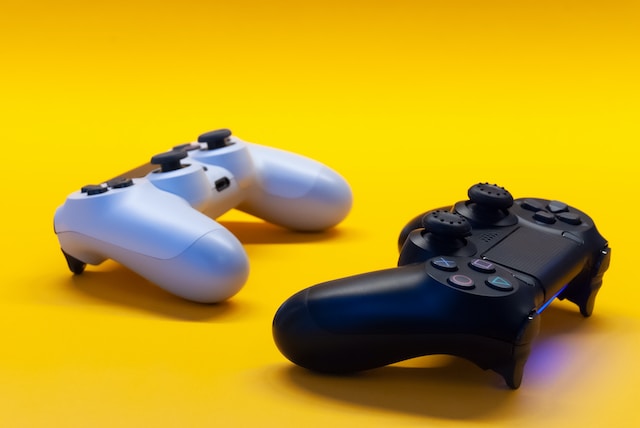What's more frustrating than wanting to play your favorite video game and realizing that your controller doesn't work as expected? I still remember this time when I was in the middle of a game, about to achieve a personal best, and my controller decided to stop responding. Fortunately I had the tools and knowledge to repair it easily and quickly. But unfortunately this is not the case for everyone.
But rest assured, most problems encountered with controllers have solutions. This is what we are going to see together today by reviewing The 5 most common controller problems and their solutions, and the problems more specific to the most famous controllers: PS4, PS5 and Xbox.
Known game console controller issues and solutions
Generally, when we encounter a problem, it comes more from the console than from the controllers. Indeed, it is not uncommon for the console decides to no longer turn on or to go out at the worst times. However, gamepads, while designed to be sturdy and reliable, can also experience various issues over time.
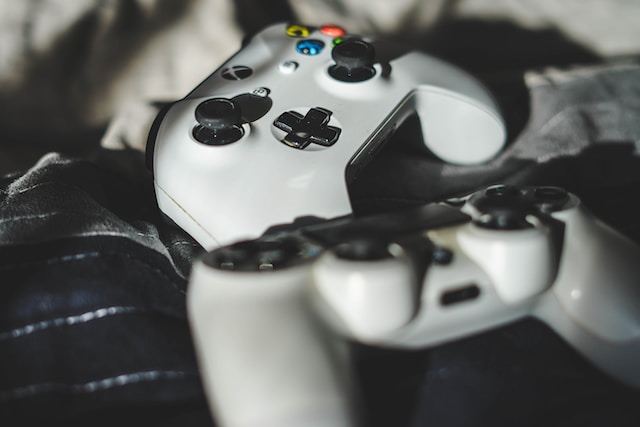
Here is the 5 most common problems detailed and the main solutions to solve them :
1. Controller not connecting
Common causes
When your gamepad not connecting, generally this comes from a bad communication between the console and the controller, obsolete drivers or battery problems.
Solutions
- Make sure the controller is properly charged.
- Try reconnecting the controller using a different USB port or cable.
- Restart the console and controller.
- If you're using a wireless controller, make sure there's no interference nearby.
- Update the controller drivers if necessary.
2. Controller not charging
Possible causes
When your controller refuses to charge, the main causes are: defective charging cable, damaged charging port, or a defective battery.
Solutions
- Test another charging cable to see if the problem persists.
- Examine the charging port to make sure it is not damaged or clogged with dirt or dust. Gentle cleaning can sometimes help.
- If the controller is very old, consider replacing the battery.
3. Controller that disconnects frequently
Possible causes
Usually a controller that disconnects completely only means that its battery is low, or that there exist interference with other devices, or there is a signal range problem.
Solutions
- Fully charge the controller.
- Keep other electronic and/or wireless devices away from the controller and console to reduce interference.
- If you're playing wirelessly, make sure you're not too far from the console. Try plugging in the wired controller to see if the problem goes away.
4. Unresponsive or sticky controller buttons
Common causes
In this case, when several or one button no longer works, it can come from a wear normal, of a liquid spill, or a accumulation of dirt.
Solutions
- Gently clean around the pimples with a slightly damp cotton swab.
- If a pimple is sticky from a spill, try cleaning the area with a little rubbing alcohol.
- In more severe cases, you may need to disassemble the controller for further cleaning or consider replacing it.
5. Joysticks that drift or move on their own
Common causes
Finally, another problem often encountered on console controllers is the joystick that moves on its own, which “drifts”. This can come from natural wear of the controller, of dirt buildup or calibration problem.
Solutions
- Calibrate the controller via your console settings.
- Clean around the joystick with a cotton swab.
- If the problem persists after calibration and cleaning, you may need to replace the joysticks or the controller itself.
Main problems with PS4 controllers
Each controller has its specificities and therefore its weaknesses which can lead to its own problems. The PlayStation 4, despite being one of the most popular consoles in the world, is not without problems regarding its controllers, known as DualShock 4.
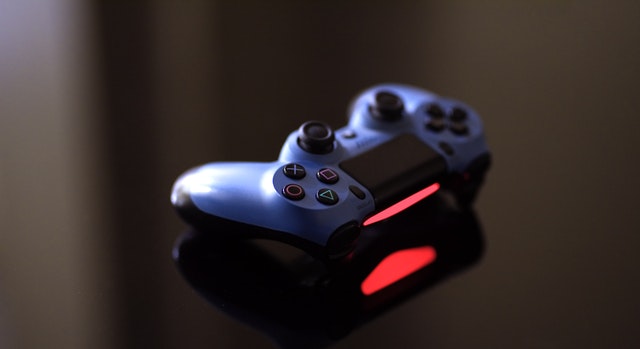
Here is a more in-depth analysis of Common problems and solutions for the PS4 controller :
PS4 controller flashing but not turning on
When your PS4 controller flashes but refuses to turn on, the problem often comes from a loss of synchronization with the console or the battery which is completely discharged.
In this case, several quick solutions are available to you:
- Connect the controller to the PS4 with the original USB cable or a USB data cable to attempt a resync.
- Try resetting it using the small button on the back of the controller.
- Make sure the battery is fully charged. If the problem persists, the battery may be defective and require replacement.
If the problem occurs after a reset, read the article here about it.
PS4 controller no longer charging
When your PS4 controller no longer charges, this could be due to a clogged charging port, faulty cable, or damaged battery.
First, make sure your PS4 system is set to “rest” mode and not “power off” when you turn off your console. Then try another cable to make sure that's not the problem. Also plug the controller into another USB port or electrical outlet.
Third, examine the charging port and gently clean it with a cotton swab to remove any dust or dirt. Then try resetting the PS4 controller. Finally, if the battery is old, you will certainly need to consider replacing it.
PS4 controller flashing red and white
Another problem encountered on PS4 controllers are flashing red and white. This could mean a software bug, overheating, or an internal controller malfunction.
To overcome this problem, I advise you to let the controller cool down for a while. At the same time, avoid placing it on hot surfaces or near heat-emitting appliances.
If the issue persists after cooling, a reset and resync of the controller with the console, restarting the PlayStation in safe mode, or updating the controller firmware may be necessary.
PS4 controller flashing blue
A PS4 controller flashing blue is one of the most frequently encountered problems. This indicates a loss of connection or a syncing problem with the PlayStation.
To resolve this issue, try the following solutions:
- Fully charge the controller.
- Restart the controller by pressing the PS button for 10 seconds.
- Connect the controller to the PS4 using the original USB cable or, if applicable, a USB data cable to attempt a resync.
- Reset the controller using the reset button on the back.
- Restart the console.
For more information on this subject, do not hesitate to read our full article: What should I do when my PS4 controller flashes blue?
PS4 controller flashing orange
In principle, when your DualShock 4 flashes orange, this is simply an indication that the controller is charging or in rest mode.
If it continues to flash for a long time, disconnect and reconnect it to check if it is charging properly. Then try another (data) cable or another charging port. If the flashing persists for no apparent reason, reset the controller by pressing the small button on the back.
Read also: Why is my PS4 controller flashing red?
Main problems with PS5 controllers
The PlayStation 5, the latest addition to the PlayStation family, comes with the DualSense controller, which introduces new features such as haptic feedback and adaptive triggers. However, even with these advances, bugs can occur.
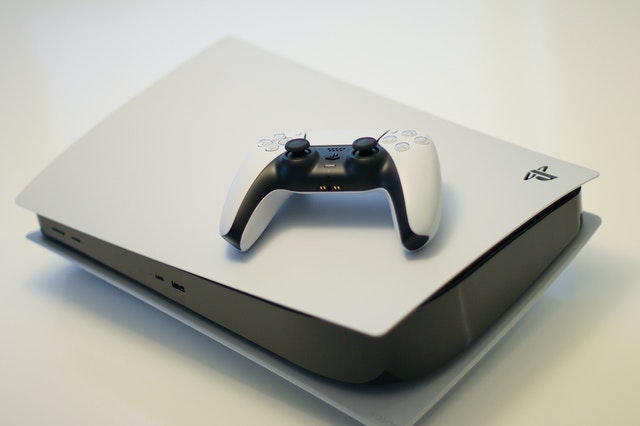
Here is the main problems facing the PS5 controller and how to overcome it:
PS5 controller flashing
La PS5 controller can flash different colors and each of them sends a different signal:
- If the DualSense flashes blue, this indicates a connection problem between it and the console. In this case, we advise you to read the article: What should I do when my PS5 controller flashes blue?
- If the controller flashes orange quickly or flashes then stops without charging, it may be a charging problem related to a broken battery, USB port or USB cable. In this case, make sure the controller is properly charged.
- If the controller flashes another color or abnormally, it may be a software bug or a hardware failure.
To find the solutions corresponding to your situation, you can read: What should I do when my PS5 controller flashes?
PS5 controller not charging
If your PS5 controller no longer charges, even having verified that rest mode is activated, the problem could come from a faulty or incompatible charging cable, a damaged or unpowered USB port or a battery at the end of its life.
In this case, here are the solutions to adopt:
- Use the original charging cable.
- Charge your PS5 controller with a USB port located on the back of the console. Use a USB Type C to Type A cable that allows charging and syncing.
- Use a USB Type-C to Type-C cable from the compatible USB port on the front of the console.
- Use another charging medium compliant with the USB standard (external battery, phone charger, etc.). Please note, not all USB chargers are able to charge the PS5 controller.
Then try updating the PS5 controller. Note that if the DualSense has been used for a long time, the battery may need to be replaced.
PS5 controller making noise
Si the noise produced by the PS5 controller is light and intervenes during certain gaming actions, this may be normal due to the new haptic features of the controller. On the other hand, if the noise is loud or abnormal (squealing, grinding, mechanical noise, etc.), the controller may need to be lubricated or cleaned.
To find out more about this, we recommend our article focused on the subject: What should I do when my PS5 controller makes noise?
PS5 controller that moves on its own (drift)
One of the very recurring problems on PS5 controllers is the the drift of analog sticks or also called “Joy-Con Drift « . It could be a software problem, calibration or simply wear of the joysticks.
Then try:
- update the DualSense controller.
- reset the controller using the reset button.
- calibrate the controller via the PS5 settings.
- Gently clean around the joysticks with a cotton swab or cotton pad dipped in isopropyl alcohol to ensure no dirt interferes with their operation.
If the problem persists, the controller may require deeper cleaning or replacement of the joysticks. In this case, the procedures become more complex and are detailed in the article to consult here.
PS5 controller not connecting
Finally, one of the last main problems that your PS5 controller may experience is that of connection fault. This can come from different factors: too short range, interference, bad charging cable, etc.
To get started, bring the controller closer to the console and make sure there are no obstacles between them. Check that the controller is not already connected to another device and that the console does not already have 4 controllers connected. Then try resetting the controller before reconnecting it.
As always, if these quick and easy solutions don't work, read our very detailed article on this subject: my PS5 controller won't connect, what should I do?
Main problems with Xbox controllers
The Xbox, with its long history of gaming consoles, has seen several generations of controllers, each with their own characteristics and potential malfunctions. Whether you have a Xbox One or Xbox Series X|S controller, here is an overview of the common problems and solutions to solve them :
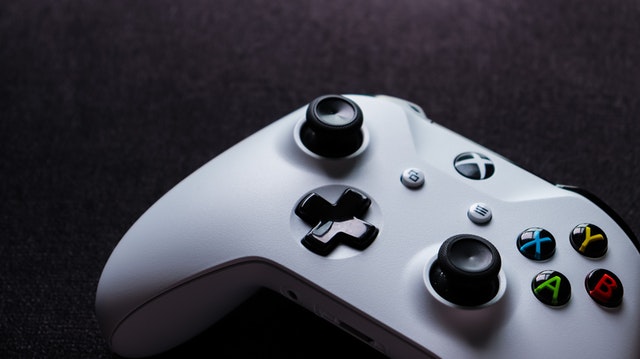
Xbox controller not connecting
When your Xbox controller refuses to connect, this usually means it has lost sync with the console or there is interference preventing the connection.
To resolve this problem :
- Make sure the controller's batteries are not discharged. If they are, replace them.
- Hold the sync button on the console, then do the same on the controller until both LEDs flash faster, indicating a sync attempt.
- If the controller was previously connected to another device, such as a PC, it might still try to connect to that device. Reset the controller to break this connection.
- Make sure there is no electronic interference nearby that could disrupt the connection, such as Wi-Fi routers or other wireless devices.
- Update the controller and console.
Read also: Xbox Series X controller not connecting, what to do?
Xbox controller flashing
When your Xbox controller tries to connect to the console or is in sync mode, it starts to flash. However, if it lasts, here are quick solutions to try to fix connectivity issue :
- Verify that the console is turned on and in working order.
- Try turning off both devices and then resynchronizing the controller with the console.
- If the controller is still flashing, try connecting it to the console with a USB cable to establish a wired connection. Once the controller is recognized, disconnect the cable and see if it remains connected wirelessly.
If that's not enough, we invite you to read our more specific articles for each controller:
- read the article on the Xbox
- read the article on the Xbox One controller
Xbox controller disconnecting by itself
Another recurring problem on Xbox controllers is the fact that it goes out of sync on its own of the console. This may be caused by interference, low batteries, software issues, or hardware failures.
To begin with, simple solutions can sometimes revive the controller:
Start by replacing the batteries or recharging the battery, if it is rechargeable. Then, make sure the controller software is up to date by connecting it to the console and checking for available updates. Then move away other electronic devices that could cause interference, and, on the contrary, move the controller closer to the console for a better signal. The best is to connect the controller wired if you can. Then try resetting the controller and restarting both devices before syncing them again.
If the controller continues to go out of sync, you can read the full article for your controller model:
- read the article on the Xbox One controller
- read the article on the Xbox
Squeaky Xbox controller trigger
It is true that a squeaky controller is particularly annoying. This could be due to wear, dirt, lack of lubrication or a manufacturing defect. This squeaking defect often appears on Xbox One controllers.
Fortunately, to solve this annoying problem, most of the time you just need to clean and lubricate the trigger by proceeding broadly as follows:
- Apply electrical contact cleaner or a can of compressed air under the trigger, being careful not to use too much.
- Operate the trigger several times to distribute the cleaner.
- Wait for the product to dry. If this is not enough, lubricate the trigger using WD-40 Specialist (suitable for electronic devices).
- If the squeaking persists, consider opening the controller (with warranty in mind) for a more thorough cleaning or to check for debris.
Find all our articles on game console controller problems and their solutions in the “ consul » from our site. Do not hesitate to ask us questions in the comments for more details or if you encounter another problem not mentioned.

